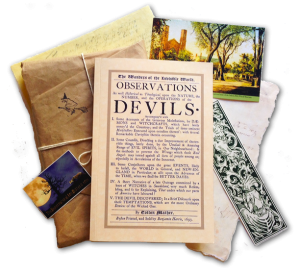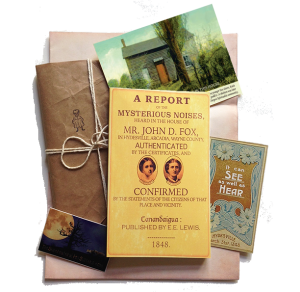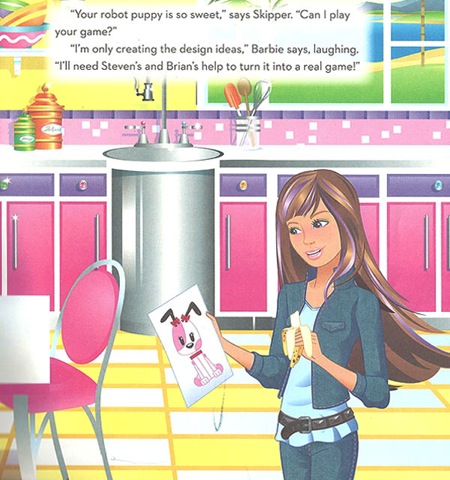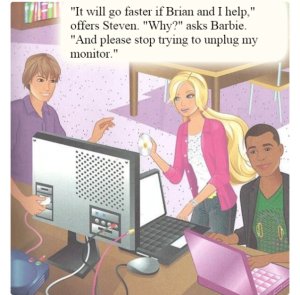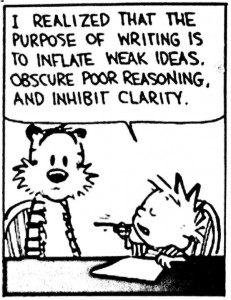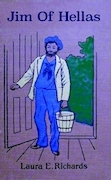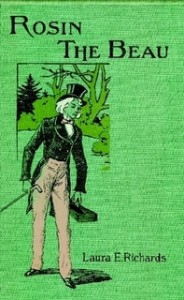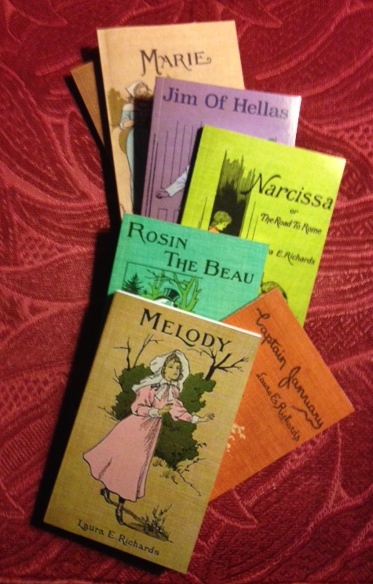 A few of the wee Victorian novels have arrived, so here’s an update.
A few of the wee Victorian novels have arrived, so here’s an update.
COVERS: The covers came out great. The color reproduction is good, and the cover stock is of similar quality to that of Lulu’s premium paperbacks. It feels as if they may not be quite as slick, but that only makes them a bit less shiny. As mentioned before, the only style choice for these little books is glossy. The trim margin is a larger percentage of the entire cover for books this size, so adjusting for variations in cropping requires a bit more attention, and variations in individual print runs are more noticeable, but they’re generally pretty centered and even. It’s very useful to have the cover dimensions available in the earliest steps of the creation wizard so I can work on finishing them up while the body text uploads.
STOCK: The paper stock is of good quality. My previous paperbacks were done on cream-colored 60# paper, which is really nice—as good as Lulu gets. These books are only available in 50# white, but it is still very good paper—much nicer than “pulp” paperback
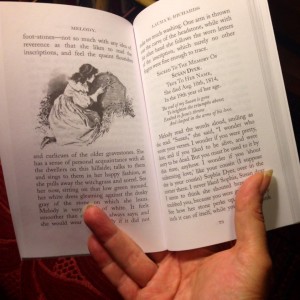
Reverse-side print is visible, but not bad. Images printed nicely. Click image for a closer look.
stock. You can definitely see the reverse-side print through the paper, but not so much as to make reading difficult.
PRINT: Other than a bit of bar code visible near the spine on one last page (you’d have to look for it to notice), the printing seems good. The ink is, as with all the Lulu books we’ve done, crisp and does not smudge. The illustrations also printed true to the originals.
SHIPPING: Shipping cost is the biggest expense in the making of these books on my end, so I try to order them in batches, and I take advantage of free shipping coupon codes whenever possible. Books ordered on October 6 were shipped on the 10th (printing of these books takes from 3–5 days) and delivered on the 15th. The least expensive shipping method uses a combination of UPS and USPS—UPS delivers to my post office, then USPS takes it from there.
PACKAGING: Lulu packs their books somewhat strangely, but securely. Although these books are tiny, they come in the same large shipping boxes as bigger books. The box is strapped with plastic bands, and inside, the books are shrink-wrapped onto a large piece of cardboard. (I’ll take pictures next time I get a new batch.)
ORDERING: I’ll need to collect more reports from others on the ordering process, but one problem seems to be that if you are not yet a Lulu customer and you click on one of my links to a book and add it to your cart, at checkout you are prompted to create an account.
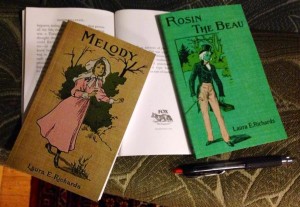
Pen for scale.
But when the account creation process is complete, items previously added to your cart are no longer there. It’s true Lulu’s shopping cart is not perfect, and with print-on-demand books it is pretty much impossible to make changes of any kind after ordering.
MARKETING: Although most of the marketing tools available for premium books are still there, I don’t see a way to have an ISBN automatically added to the tiny books (you can always buy and add your own). This is particularly important to know for designing a one-page cover, as the templates still have blacked-out sections where space is meant to be left for the bar code. (There’s no bar code.) Also, it looks as if the page preview function doesn’t work on the book’s sale pages, but this issue may be a bug rather than a choice on Lulu’s part. There doesn’t seem to be any information about the issue on the site.
Now I just need to figure out what to do with these little books next. Any ideas?
Like this:
Like Loading...
(26) Steep learning curve. Scores of authors use the phrase “steep learning curve” or “sharp learning curve” in reference to a skill that is difficult to master. For example, when referring to the difficulty of learning a complex surgical procedure (endoscopic pituitary surgery), one author team contended that it “requires a steep learning curve” (Koc et al., 2006, p. 299). Nevertheless, from the standpoint of learning theory, these and other authors have it backward, because a steep learning curve, i.e., a curve with a large positive slope, is associated with a skill that is acquired easily and rapidly (Hopper et al., 2007).
